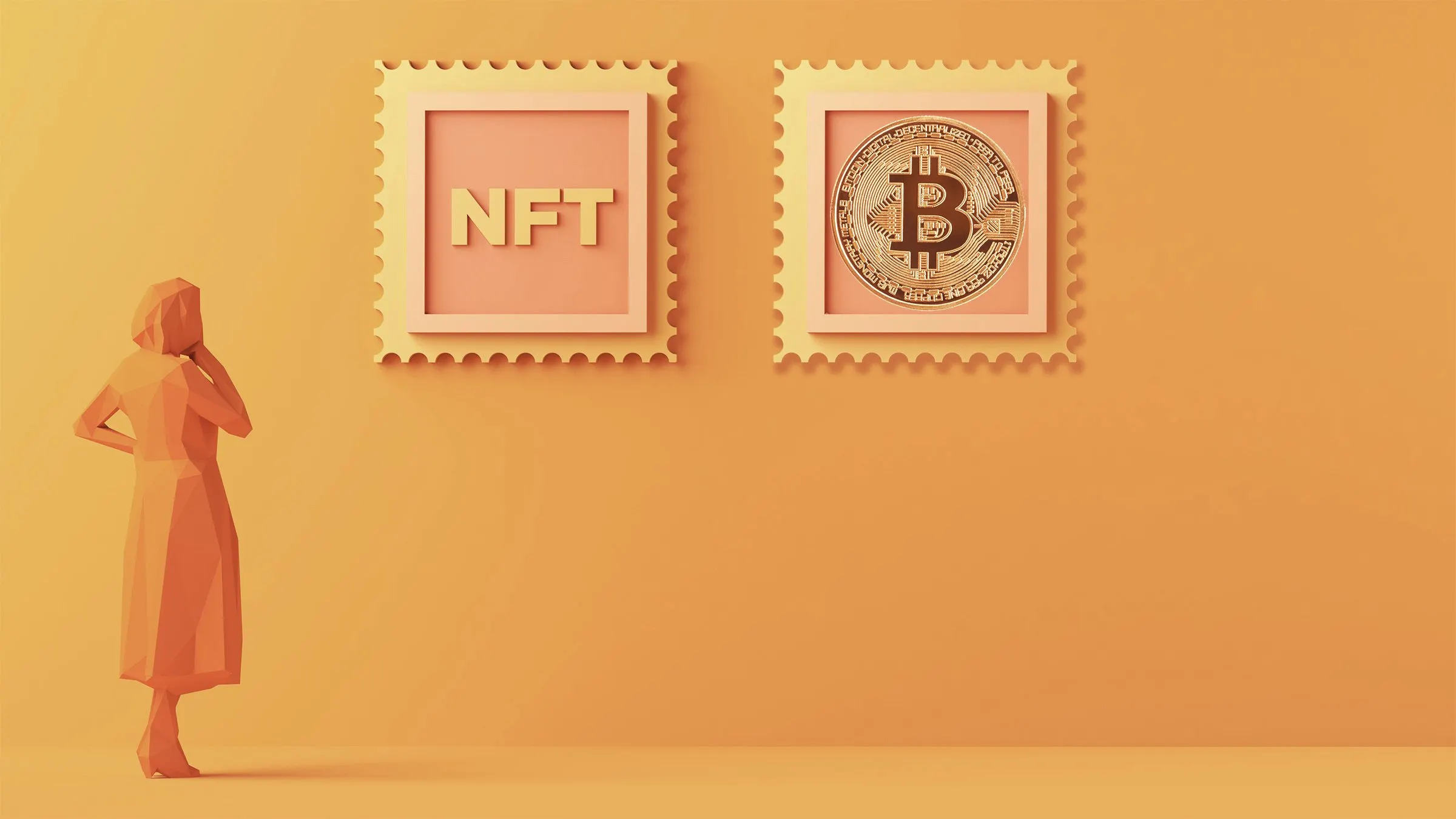For nearly a decade, creators have enlisted sidechain or layer-2 solutions to link digital art to the Bitcoin blockchain. But how this is accomplished—or whether it should even be done—has Crypto Twitter up in arms after new project Ordinals developed a way to add digital items to on-chain Bitcoin transactions.
NFT are blockchain tokens that can serve as a proof of ownership for assets, including digital goods like artwork, videos, music files, and memberships. While blockchains like Ethereum and Solana are synonymous with NFTs and digital collectibles, many Bitcoin developers have sought ways to bring them to the quintessential blockchain.
One issue hampering the development of NFTs on Bitcoin is the need for smart contracts. In the minting process, NFTs use smart contracts to assign ownership of the digital asset in the NFT. The smart contract updates the ownership when the NFT is bought or sold.
Bitcoin has only limited smart contract support.
To address this, earlier projects like Counterparty and Stacks developed alternative solutions that use a native token for the contract piece but ultimately settle their transactions back on the Bitcoin blockchain.
Earlier examples
In 2014, Counterparty launched the first layer-2 solution for digital assets using the Bitcoin blockchain. Counterparty, which provides the infrastructure for users to create unique tokens on the Bitcoin blockchain, saw its XCP token hit an all-time high above $91 in 2018, but it has fallen about 97% since.
Although surpassed by Ethereum and other popular NFT chains in recent years, Counterparty still has an active community of supporters—and its assets can be bridged to Ethereum. More importantly, Counterparty is best known as the home for historical assets like Rare Pepes, which still command significant sums on secondary markets. In April 2022, an NFT containing the opening theme to Larry David’s “Curb Your Enthusiasm” was minted using Counterparty.
Launched in 2017 as Blockstacks, Stacks (as it’s now known) is a blockchain network that can run smart contracts and rolls up all of its transactions before settling them on Bitcoin. Stacks says it doesn’t use a sidechain or layer-2 model, but founder Muneeb Ali told Decrypt in 2021 that he refers to it as “a layer 1.5” built on top of Bitcoin.
The STX token hit a peak above $3 in December 2021, according to CoinGecko, as its NFTs started to attract the Bitcoin faithful, and in February 2022, an NFT collection called Satoshibles launched a cross-bridge to send NFTs to the Ethereum network. Broadly, however, Stacks has not developed an especially active or valuable NFT market.
What's Ordinals?
The most recent example of Bitcoin NFTs is Ordinals, and it takes a different approach. Launched in January, Ordinals aims to add NFT-like assets directly onto the Bitcoin blockchain.
Designed by Casey Rodarmor, a former Bitcoin Core contributor, Ordinals enables users to explore, transfer, and receive individual satoshis (the smallest unit of Bitcoin, or 1/100,000,000 of a BTC), which may include data such as videos and images. Adding assets to individual satoshis is called inscription, which is stored in a Bitcoin transaction’s signature.
The idea of filling Bitcoin blocks with JPEGs and videos—or even playable video games—isn’t sitting well with some in the Bitcoin community who have voiced concerns that putting NFTs directly on the Bitcoin network will drive up transaction costs.
Marginalized peoples in developing countries will have to pay more to run their Bitcoin nodes and send transactions because privileged wealthy whites want to put JPEG drawings on the blockchain as status symbols. Just because you can doesn’t mean you should.
— Bitcoin is Saving (@BitcoinIsSaving) January 29, 2023
Despite the controversy, Ordinals brings the quest for NFTs on Bitcoin closer than ever, as it does not require a sidechain or layer-2 solution (or similar) or an additional cryptocurrency to work.
Bitcoin remains the top cryptocurrency by market cap, but as Ordinals and past examples show, some developers are still trying to use its decentralized network to power new use cases.

